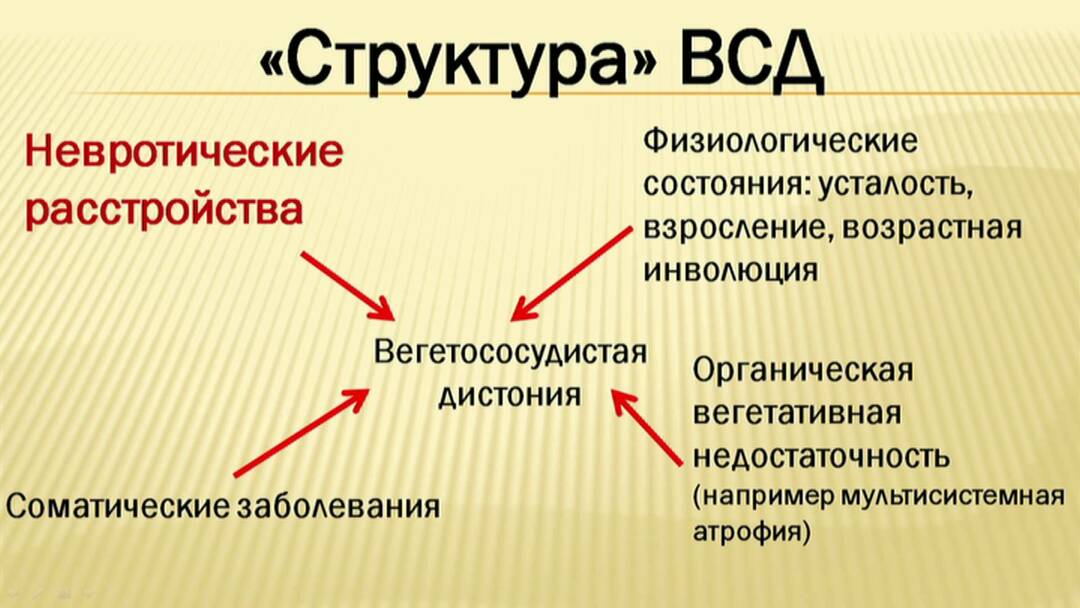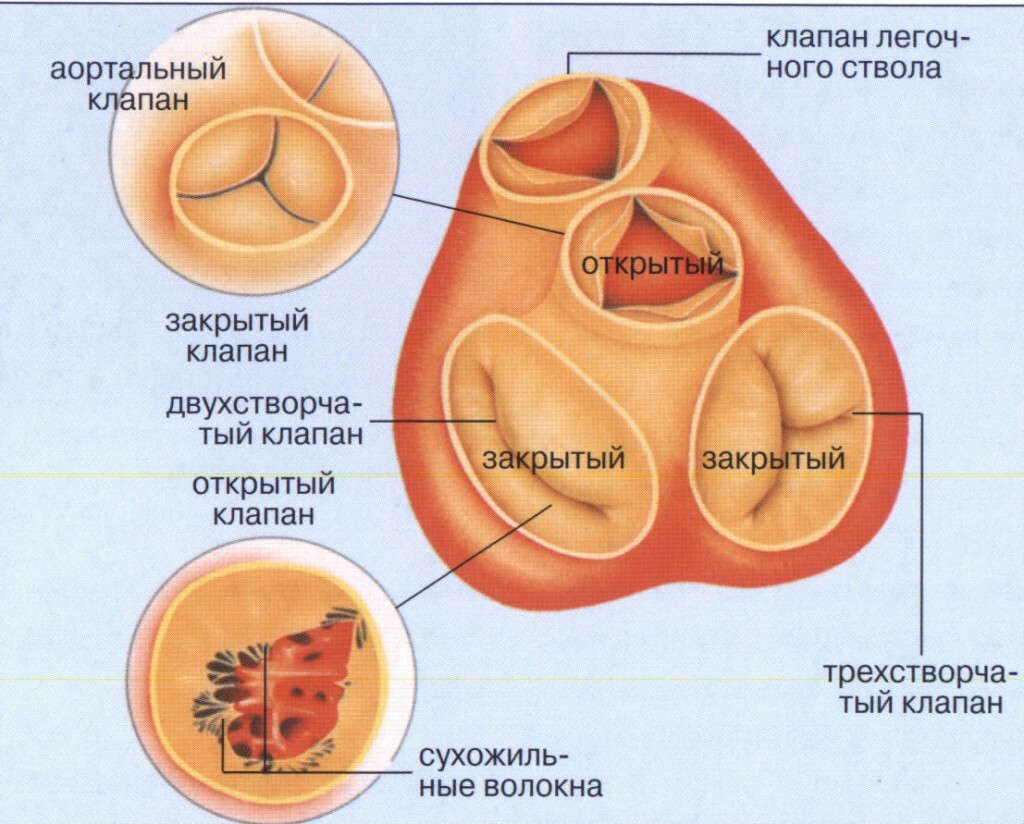On which hand to measure blood pressure and how often blood pressure can be measured
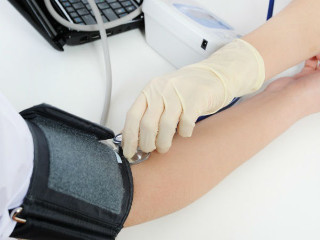
Content:
- Process description
- Major mistakes
On which hand to measure pressure?
This question is asked by each person at a certain period of his life.
The main condition for a reliable measurement of pressure is the correct posture taken by the person during the procedure. To do this, you should be as comfortable as possible on a chair or in a chair and relax. It is preferable to sit in one position for a while.
An excellent option before measuring the pressure on the left or right hand, during
This simple measure will help you to maximize relaxation and restore your heart rate.
There should be no distractions in the preparation room. It is desirable to be in complete silence. This is done to obtain reliable indicators.
The time of the last drug intake at the time of blood pressure measurement should exceed two hours. This applies to any medication that can change blood pressure readings. The temperature regime in the room where the procedure is carried out should be optimal, about 20 degrees.
After restoring the normal rhythm of the heartbeat, the person is ready to start the procedure. To obtain true results, it remains only to take the correct body position. To this end, it is necessary to lean on the back of the chair and, if possible, relax the muscles as much as possible.
The body should be in a state of complete rest. The arm, on which the blood pressure is measured, is fixed on a hard surface. The legs are bent at the knees and level. Do not allow them to cross to prevent clamping of large blood vessels, as this will automatically change the results.
Very often, people who have first resorted to a tonometer ask a question of interest to them, on which hand to measure pressure so that the result is as truthful as possible? There is no definite answer to this question, since first the procedure should be carried out alternately on both hands.
And also the question is popular, how often can the pressure be measured? The time interval between examinations is 3 minutes. This interval is sufficient to restore blood circulation. The procedure is repeated 10 times, on each hand.
The results are recorded in a notebook for comparison. Which hand is preferable for measuring blood pressure is established according to the recorded data. Depending on where the highest readings of an electronic or manual tonometer were, that hand is used to determine the level of blood pressure.
On which hand to measure pressure correctly: the use of a tonometer and a description of the process
 On which hand to measure the pressure correctly in order to get reliable blood pressure readings. First of all, you need to put on the cuff on the left or right arm. Place it 2 cm above the elbow.
On which hand to measure the pressure correctly in order to get reliable blood pressure readings. First of all, you need to put on the cuff on the left or right arm. Place it 2 cm above the elbow.
The cuff is securely fixed to prevent slipping during the procedure. For a tighter fit of the cuff to the arm, it is worn at an angle, taking into account the anatomical structure of the limb. Then you should inspect the mechanical tonometer.
The needle of the pressure measuring device must be set exactly in the center, at the zero mark. After the end of its service life (7 years), the device should be replaced, since the information obtained after the service life of the tonometer cannot be considered reliable. The service life of the cuff is 3 years. When buying a blood pressure monitor, you should try on the cuff.
Since tonometer cuffs come in a variety of sizes, it is important to find the one that's right for you. The modern market offers a wide range, there are options for measuring pressure in babies.
In order to decide on which hand to measure the pressure correctly, you need to measure it on both hands and calculate the highest indicator. The cuff must be filled with air. And to get reliable data, this should be done quickly.
Air is pumped into the cuff until the arrow is at the 20 mm Hg mark. More experienced specialists take into account the sound of the pulse, it is barely discernible when the device reaches the desired mark.
As soon as the arrow has stopped at the desired level, stop the air supply to the cuff. After that, a decrease in pressure begins in it, the air is released very slowly in order to establish accurate indicators.
First signal mark emitted by the device will show systolic blood pressure.
Marking the second signal means diastolic blood pressure. In the absence of a signal, the patient needs to raise his arm and bend it several times. This will correct the situation and the instrument will return the results.
Which hand is blood pressure measured: main errors and differences in readings on different hands
Which arm is used to measure blood pressure to get the most accurate result? Everyone has it differently. Some need to measure the pressure on the left hand, while others - on the right. But the main thing is to do it right.
There are errors that radically change the indicators:
- The hand is fixed above or below the desired level. The tonometer shows an increased blood pressure if the limb is located below the level of the heart. Consequently, when in a position below the level of the heart, the device will give a lowered blood pressure.
- A person's back does not rest on a hard surface. The figures will be overstated.
- Putting the cuff over the garment will also give an erroneous result. If sleeves are present, they should be raised but not rolled up to prevent pinching of the veins.
- Insufficient air in the cuff. This will serve as the basis for the issuance of a low systolic blood pressure by the device.
- Conversations and body movements made by a person also change indicators.
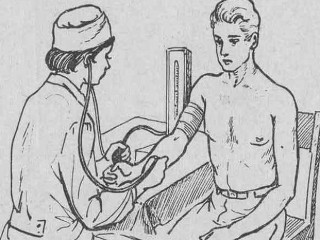 BP changes are different in the right and left arms. This is based on the anatomical characteristics of the heart - the blood vessels heading to the left and right arms have different pressures. The difference is +/- 30 mm Hg. Art.
BP changes are different in the right and left arms. This is based on the anatomical characteristics of the heart - the blood vessels heading to the left and right arms have different pressures. The difference is +/- 30 mm Hg. Art.
Therefore, by measuring the pressure on the left hand, one can ignore the incipient hypertension, which would be immediately detected when measuring blood pressure on the right hand. But regardless of these structural features of the human body, doctors carry out the procedure on the left hand. Relying on the convenience of the patient.
So which arm is blood pressure measured on? The difference in indicators on both hands — an individual phenomenon. For some, it is insignificant or absent. In this case, the principle of carrying out the procedure applies, for left-handers on the right limb, for right-handers - on the left.
Factors influencing the results:
- Products containing caffeine and nicotine can increase blood pressure from 5 to 15 mm Hg. In a person who rarely uses such products, a single use can cause a sharp rise in blood pressure.
- In the presence of arrhythmias the method for determining blood pressure depends on the form of pathology. The most accurate indicators are given by an electronic tonometer.
- An inconvenient or incorrect body position will lead to an error in the indicators.
note
British scientists have proved that while maintaining the difference in blood pressure readings of 10 mm Hg. the risk of developing vascular diseases of the upper extremities doubles.
With a difference of 15 mm Hg. Art. and more, dizziness is possible, and there is also a possibility of damage to the vessels and capillaries of the brain, this can easily cause a stroke and even death. What causes the big difference?
Important
It is a mistake to believe that blood pressure readings directly depend only on the activity of the heart. The differences are associated with pathological changes in the functions of internal organs and the processes occurring in them.
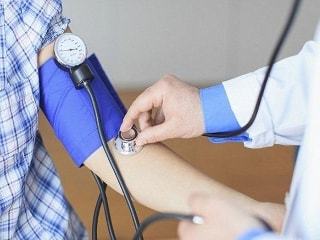 The cerebral hemispheres are influenced by the vital activity of the whole organism. The work of the internal organs: kidneys, liver, digestive organs and pancreas, have a huge impact on the activity of the right, and the heart, lungs and hands affects the left hemisphere.
The cerebral hemispheres are influenced by the vital activity of the whole organism. The work of the internal organs: kidneys, liver, digestive organs and pancreas, have a huge impact on the activity of the right, and the heart, lungs and hands affects the left hemisphere.
When deviations occur in one of the above mentioned organs, the natural functions are disturbed, which leads to spasms of the cervical vessels, and a failure of blood circulation in the hemisphere of the brain responsible for it work.
Decreased blood flow to brain cells can contribute to the development of a pre-stroke condition.
Symptoms of a significant difference in blood pressure on both limbs include general weakness, fatigue, dizziness, and decreased reactions. But there are exceptions, in the form of a complete lack of signs. And the difference can be established only by constant monitoring of blood pressure on both limbs.
Recommendations for controlling the error in blood pressure indicators on the right and left hands are described in the educational publications of medical institutions of the Soviet era. But in practice, few people pay special attention to this factor.
Therefore, if there are unexplained signs of deterioration of health, it is advisable to independently control blood pressure on both hands at home using the above method.
Partial use of site materials (no more than 30% of the content of the article) is allowed only with a hyperlink on www.med88.ru, full use of the article (more than 30% of the article content) is possible only with written permission edition.

